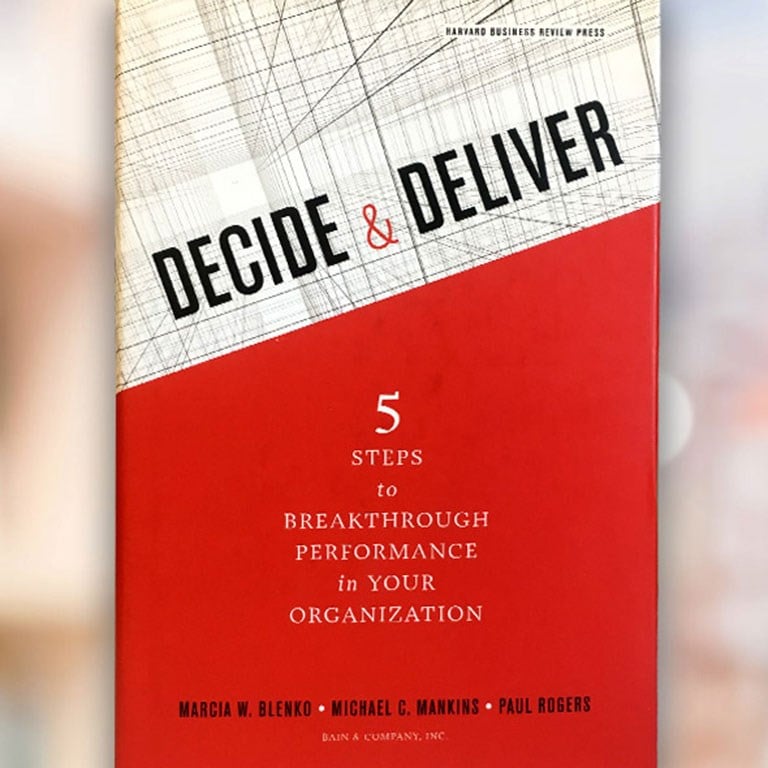Forbes.com
This article originally appeared in Forbes.com.
Human beings are prisoners of emotions, habits and biases. We choose A rather than B for reasons that we often don’t understand. These pitfalls can ensnare individuals who are making decisions; and they also frequently cause organizations to make poor choices.
Fortunately, psychologists and behavioral economists have identified some of the most common decision-making obstacles. If you’re aware of the traps, you are far less likely to be hobbled by them.
1. Fairness. A bored rich lady sits between two strangers—call them Robert and Juliette—on a plane. For entertainment, she offers to give Robert $10,000, with the proviso that he must make a one-time binding offer to give some of it to Juliette. If Juliette accepts Robert’s proposed split, they divide the money accordingly. If she rejects it, the rich lady keeps her money, and Robert and Juliette get nothing. Related: Infobesity: The Enemy Of Good Decisions
In theory, Robert could offer Juliette only $10. A rational person would accept that: It’s free money. In practice—and the experiment has been conducted repeatedly—people in the Juliette role regularly reject offers they deem unfair. A powerful moral principle, fairness, plays a big role in decision making, often stronger even than self-interest.
In business, any decision that people regard as unfair, such as paying bonuses to executives while laying off lower-level employees, is likely to trigger a sharp reaction.
2. Confirmation bias. We seek out and believe information that confirms our opinions, while ignoring or downplaying information that contradicts them. Psychologists sometimes call it “motivated reasoning.”
A few years ago, researchers at Atlanta’s Emory University recruited 15 Republicans and 15 Democrats and presented them with contradictory behaviors involving the two major candidates in the 2004 US presidential election, along with statements designed to explain the contradictions. For example, George W. Bush once said he “loved” Enron CEO Ken Lay, but after Enron’s collapse he was critical of the company and avoided any mention of Lay. The explanation was that he felt betrayed by Lay and was shocked to learn of Enron’s corruption. Each set of partisans tended to believe the explanatory statements of their own candidate, but regarded the statements of the opposition candidate as inconsistent.
In big decisions, individuals can easily fall into confirmation bias, jeopardizing the possibility of reaching the best outcome.

Decide & Deliver
Learn more about the five steps that leading organizations use to make great decisions quickly and execute them effectively.
3. Framing and anchoring. Every decision depends on information. The structure and reference points of that information shape how the decision maker receives and uses it. Chief executives contemplating an acquisition often frame the question as “Why should we do this deal?” and then answer it by focusing on potential but often illusory synergies. If they frame it instead as “How much should we be willing to pay?” the decision can turn out quite differently.
Anchoring—using a predetermined reference point as the launch pad for a decision—is equally powerful. A few years ago, the Wharton School was studying bad loans at a bank in the southern US. Researchers found that bank officers assessing a loan naturally began by determining its current rating and asking themselves whether they should upgrade or downgrade it. Because of the anchoring effect of the current rating, downgrades tended to be incremental adjustments. This pattern of making small downgrades meant that when loans were found to be at risk of default, it was often too late to turn the situation around.
4. Overconfidence. People everywhere tend to see their own abilities in an unrealistically positive light. Some 93% of US drivers famously say they are better than average. Countless sales managers regularly predict double-digit annual gains, especially in their later years.
Overconfidence often leads to terrible decisions, and not just in business. Consider the invasion of Gallipoli in 1915, in which British officers thought they would have an easy victory over the Turks. “We must beat them every time because British volunteer soldiers are superior individuals to Anatolians, Syrians or Arabs,” wrote Commander Sir Ian Hamilton in his diary shortly before that disastrous defeat.
Organizations can create robust decision processes that acknowledge and address these biases. They can frame questions in such a way as to pressure-test assumptions. They can even assign a team member to serve as devil’s advocate. People will continue to cling to their biases. But robust countermeasures can minimize the likelihood that biases will lead to poor decisions.
Paul Rogers is a partner on the Global Organization practice at Bain & Company in London. Robert Carse and Todd Senturia are Bain partners based in London and Los Angeles, respectively.